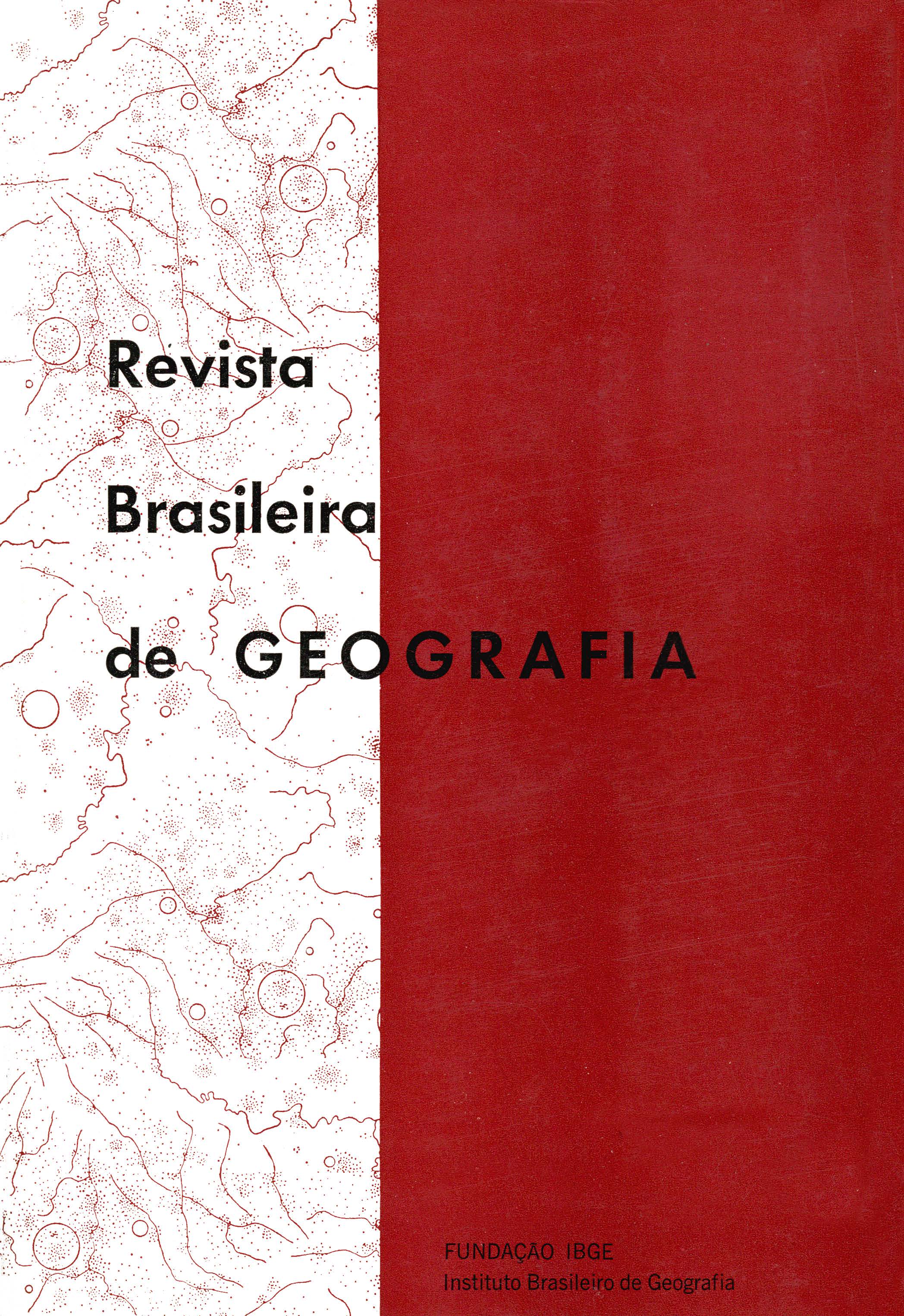Uma Definição estatística da hierarquia urbana
Palavras-chave:
Paraná, Geografia urbana, Urbanização, Renovação urbana, Cidades e vilasResumo
The purpose of this study this to apply mathematics-statistic methods to a central places net in the Southwest of Paraná State, trying to answer the following questions: a) Tend the central functions of the towns of a region to form similar groups of functions, or these function" are developed in an untidy way? b) Can the towns of a region be classified in a homogeneous and hierarchic levels or, on the contrary, the classification is supported in non-hierarchical groups? c) If the towns are presented with the same group of functions, composing a kind of pattern of towns, are these established in a taxonomic way? If they are, it is presupposed that they are arranged in a hierarchy in which more complex levels have all the groups of functions of the less complex levels and plus a group of functions, differentiating from the levels of lesser complexity.
Thus, to the Southwest of Paraná was considered 24 towns and 42 functions, having listed ta each town which of those functions have occurred there. The first step of this work was establish a group of functions according to the number of occurrences, testing the validity of grouping through the pattern-deviation and coefficient of variation, being important to obtain a lesser pattern-deviation into each group than among groups. It was found 5 indicator groups.
The second step was to apply the Pearson's coefficient of correlation, in order to verify in which measure the grouped functions had occurred in the urban centers. Thus, for each indicator group it was selected a kind of function, taking into consideration its frequency, equal or similar to the average. In correlating all the kinds of functions of each indicator group with the selected function, one finds out that the centers can present the same functions or not.
From the 42 functions considered, 36 were defining functions and in order to a center could belong to a certain level it should have Ht least 50% of the indicator functions of the level. It's verified then the existence of 5 centers of first level, 11 of second level, 6 of third level, 1 of fourth level, corresponding to Francisco Beltrão and 1 of fifth, that is Pato Branco, which beside performing the indicator functions of lth, 2nd, 3rd and 4th levels it accomplishes to the functions of the 5th level.
One can say that in the Southwest of Parana the central functions form similar groups cf functions according to the frequency, and the towns of the region may be classified in a homogeneous and hierarchic levels, each level being defined by a set of central functions which are organized taxonomically: the centers of higher levels are that ones of more population and perform a greater number of functions than that of lesser levels.
Thus, the result fits in the principles of the central places theory, giving yet evidence of the viability of the employ of techniques which constitutes the material related to urban hierarchy.






